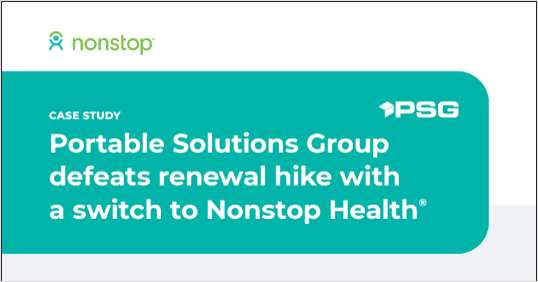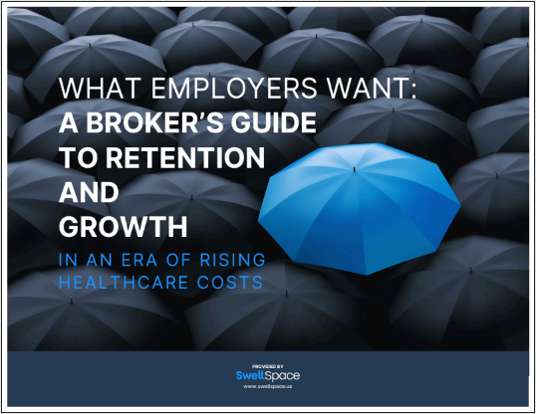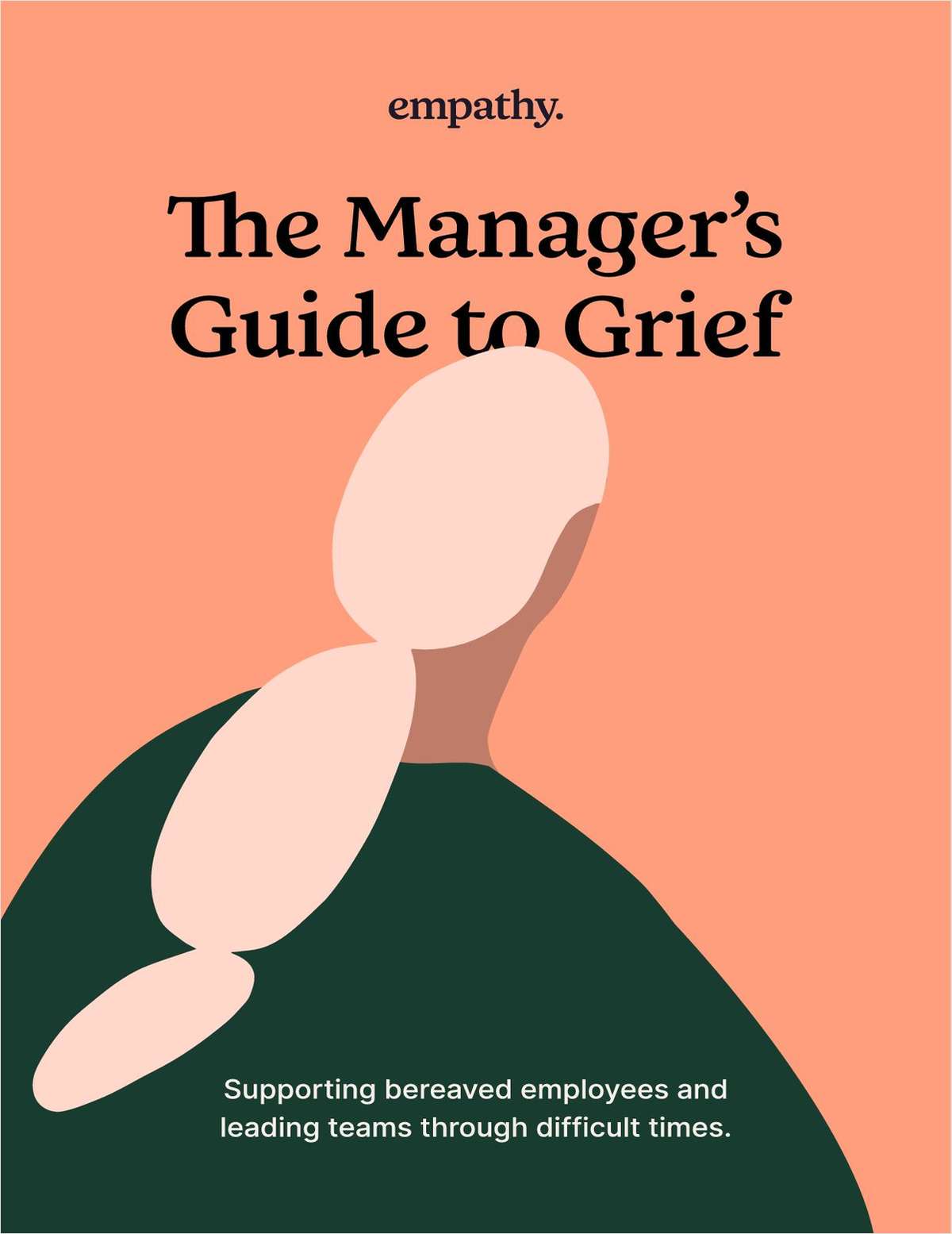TUCSON, Arizona – Though recent events have led to a sharp decline in business travel, nothing was going to stop XP Systems clients from missing the firm's annual users conference – especially with what was in store for them this year. Over 600 XP users, a record number, attended the event in Tucson to get a preview of what they've all been waiting for – the company's new core processing solution, XP2. XP2 is not a system upgrade or new version, it's a complete revamp. "Upon completion of the project, there won't be a line of the legacy code in place," said John Edwards, senior vice president of business development for XP. XP is about nine months into the three to three and a half year XP2 project. Edwards said XP knew it was time to bite the bullet and move away from its legacy system, and at the same time away from a system centered around a member's transaction account number. "We needed to move to a system that runs on an industry-standard relational database. It allows you to import a lot of data into that database that may not be on the core system. You need a system that's member centric." Edwards reference to data "not on the core system" really sums up what credit unions have been asking for in recent years. With CUs using so many third party apps, and with more sophisticated credit and demographic systems on the market, CUs have been rallying for open systems that can bring all these pieces together to create a holistic member snapshot. The browser-based XP2 will feature a IBM DB2 Universal Relational Database residing on IBM pSeries hardware. It is browser based, with the application layer running on Windows 2000 IIS servers. Edwards said it is plug and play ready for popular off-the-shelf Microsoft products that are now found in a variety of different CU departments. "The key thing is that it supports the DB2 relational database management system which supports the investment the CU has made on the back-end. In terms of the Microsoft side, the Web interface is a terrific advantage," said John Bock, senior vice president and CIO, Community CU, an XP client. "We've been using an MCIF system for several years, but it's limited in capacity because of restrictions in the type of data. Under the new system we're hopeful we're going to have all the data, so we can do real targeted marketing." True target marketing is actually anticipating what a member's next financial move is, and pre-empting that move with a CU product offering, said Bill Raker, CEO of XP client US FCU. "We do find ourselves everyday more dependent on our core data processing system for the delivery of service. We found ourselves increasingly limited in what we could do. We want to anticipate what the member's financial need is going to be based on their history and to respond to that even before the members know they're in the market for a home equity loan, or college savings," said Raker. Raker said XP listened loud and clear to its customer advisory board that asked for a flexible, open system that will paint a complete picture of a member. Still, this is no small project, and the need had to be truly compelling for XP to make this kind of commitment. Edwards said dressing up the legacy system on the front-end was really just a Band-Aid on the problem that wouldn't sustain over the long haul. "When you look at a legacy system like Focus XP, and most of the other providers out there, we've all done a pretty good job of adding on to those legacy systems. Whether it's a Windows front-end, a relational pricing interface, a graphical interface. But at the core you still have that old legacy code, defined and developed in the late `70s and early `80s. One of the biggest benefits of this new architecture is we're going to be able to respond to marketplace needs much faster," said Edwards. The rollout of XP2 will occur in three phases, with the first phase beginning next year, the second in 2003, and the third in 2004. About 45 to 50 clients have already signed up for phase one next year. Edwards said XP clients can do it in phases, or do the entire conversion in 2004. Phase one will include the member service platform and relational database; phase two the core financial transactions; and phase three the back-office (share draft, ACH, payroll deposit, etc.) functionality. Edwards said the customer advisory board was particularly vocal concerning the member service platform. "It was kind of an eye-opener. You don't just write a stand-alone piece of code and call it a member service platform. It's not a stand-alone model. The MSR platform is where everything else in the CU is launched. It's that contact with the member. So it's not about code, it's more of an integration philosophy," said Edwards. Customers also called for a relational database, but not an XP proprietary one. "If it were proprietary you couldn't take off-the-shelf tools to get to the database and do custom queries and reports," said Edwards. Programming skills alone are an important reason for the new system, said Edwards. "We don't see how they (other processors) can continue indefinitely under their legacy architecture. There are not that many FORTRAN and COBOL programmers left. Those that are left are hardly youngsters." [email protected]
Continue Reading for Free
Register and gain access to:
- Breaking benefits news and analysis, on-site and via our newsletters and custom alerts
- Educational webcasts, white papers, and ebooks from industry thought leaders
- Critical converage of the property casualty insurance and financial advisory markets on our other ALM sites, PropertyCasualty360 and ThinkAdvisor
Already have an account? Sign In Now
© 2024 ALM Global, LLC, All Rights Reserved. Request academic re-use from www.copyright.com. All other uses, submit a request to [email protected]. For more information visit Asset & Logo Licensing.








